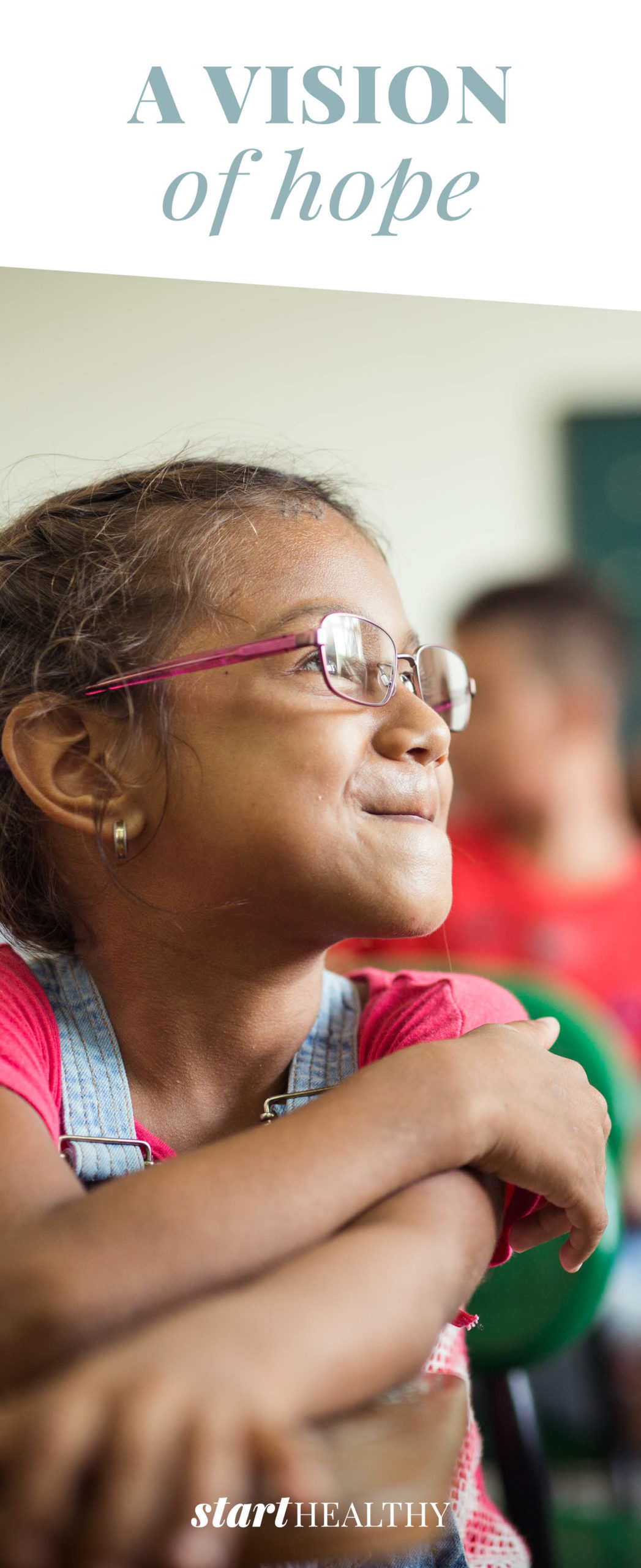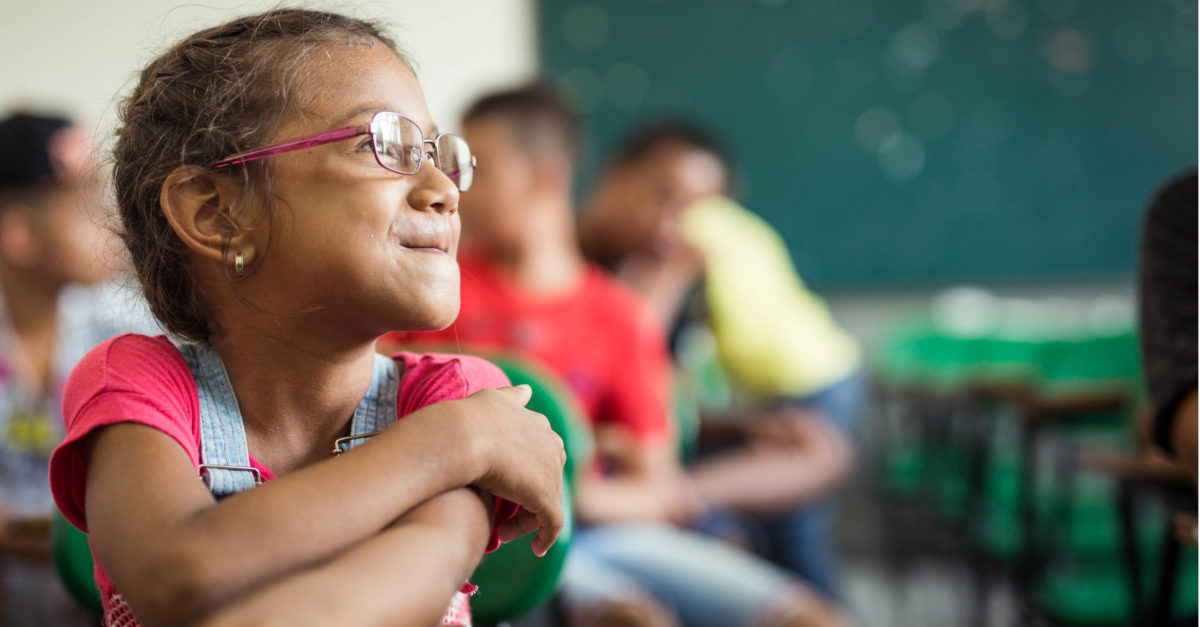A Vision of Hope
Photography by Onesight
Interview with K-T Overbey
Of all humanity’s health crises, impaired vision is often overlooked. However, one in seven people don’t have access to vision care—a reality that the nonprofit OneSight is fighting to end. OneSight’s president and executive director, K-T Overbey, discusses how it goes about eradicating the problem, one pair of glasses at a time.
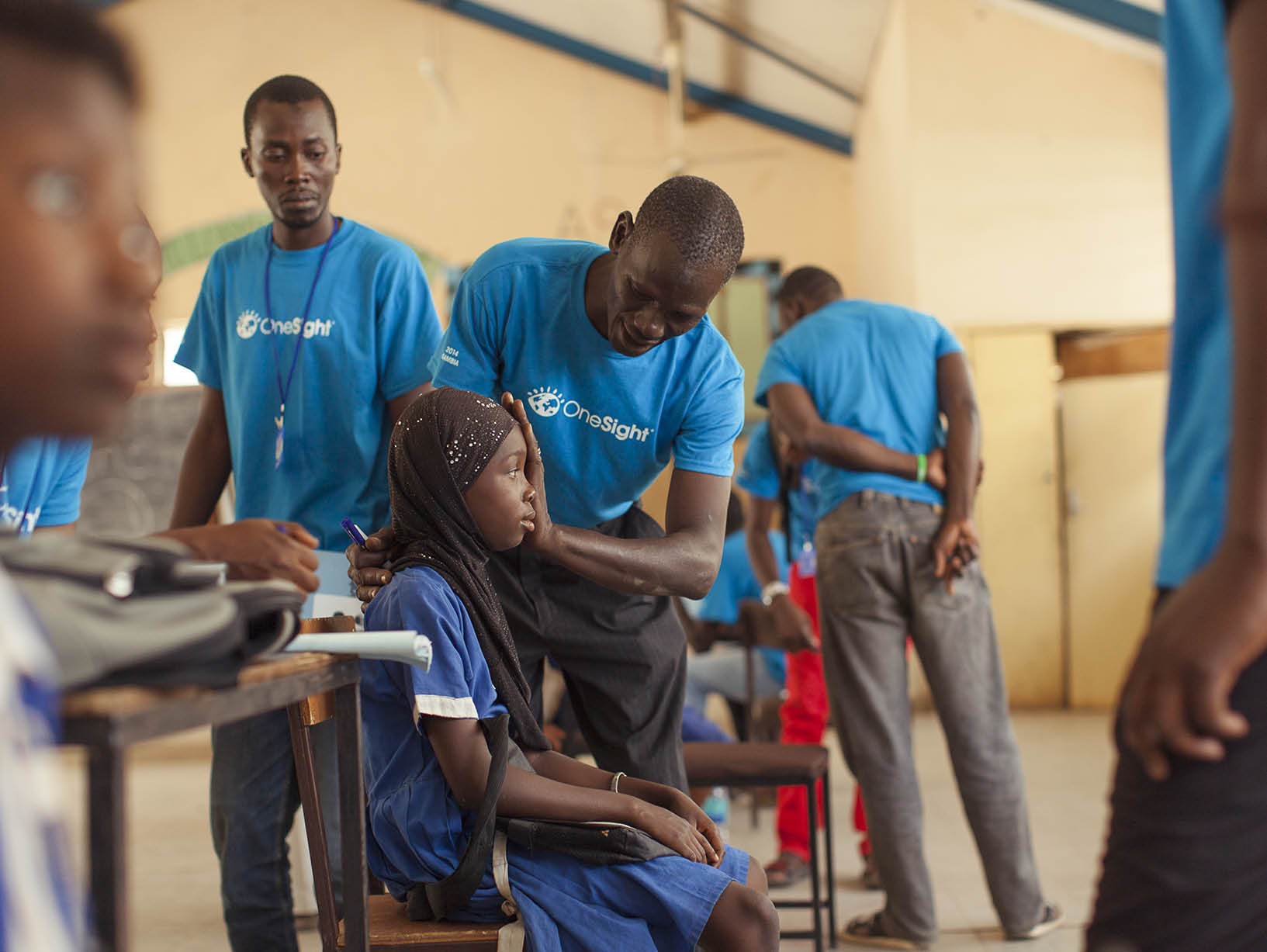
Over 1.1 billion people worldwide don’t have access to vision care. How did OneSight’s quest to end this problem begin?
In 1989, a group of LensCrafters employees hosted a local event to give recycled glasses to people in need. Over time the program grew, expanding to host vision clinics all over the world. When LensCrafters was acquired by Luxottica, OneSight’s vision became even greater. We became fully independent about three years ago, but we still enjoy a very close relationship with Luxottica as our founding sponsor.
How large is your organization?
We have fewer than one hundred employees around the world, and about forty-five are here in the US. We are very fortunate to have a very broad volunteer base—we’ve worked with an estimated 100,000 volunteers over our thirty-three-year history. What started as a small local effort is now making an enormous global impact through tremendous volunteer support.
Do you have various partners throughout the world?
Yes. For a particular population, we’ll often start with an appropriate on-the-ground group. For example, if we are working with refugees, we may partner with the International Rescue Committee or the United Nations. If we’re working with Native Americans, we work with a group called Walking Shield, which focuses on that population. From a clinical standpoint, our partners include doctors and optometrists. We also have very important partnerships with the governments or ministries of health in the countries where we work.
Tell us about the work you do in North America:
In North America, we provide care in three different ways. We have permanent vision centers here in the US, many of which are based in schools or community centers. For short-term needs, we also have our charitable programming, where we’ll go to a community for a few days to a week to give exams and free glasses. And then we have ongoing initiatives like our voucher program, which we do in partnership with places like LensCrafters, Pearle Vision, and some Target Optical locations, as well as a number of other partners like Prevent Blindness of America and the Lions Club.

As part of your mission, you create sustainable vision care centers. How do you define what sustainable is? How many have you created?
They aresustainable because we go into areas where there is literally no access to care and work with local governments or partners to establish vision centers, which will eventually be self-sustaining without our direct support. We make sure that they have all the right equipment and inventory and hire and train locals in clinical skills, manufacturing lab skills, or the general skills needed to run an optical business. We’ve created over six hundred jobs by doing this.
We provide comprehensive eye exams and prescriptions at these centers, which are often in district hospitals within one day of travel. Visitors can pick out their frame, and we’ll manufacture it and get it back to them. The difference in this model versus some of our other charitable clinics is they are actually paying for the glasses.
What this does is develop human capability—the cost of the glasses covers the operating costs of the vision center. So, after roughly three years, we’ll get a vision center up and running with local people who are now employed on an ongoing basis, and we stay on as consultants. By the end of 2020, we had 195 of these sustainable centers. Our plan for 2021 is to add twenty-five more.
Do you have vision professionals helping at these centers?
A lot of our initial startup training is provided by Western-trained doctors. The majority are from the US, but we work with people in a number of countries where they have a degree that’s recognized by the US. We also provide education. For example, the Gambia was the first country we went into and provided 100 percent vision care access. There is no school of optometry there to provide clinical training, so we sponsored scholarships for students to travel to India, get the training they needed, and then come back as fully licensed optometrists.
You’d mentioned refugees and indigenous people. Do you find that this problem disproportionately affects certain groups?
It does. Obviously, we find the need everywhere, but there are some scientific differences: for example, myopia rates are higher in some Southeast Asian cultures. But when you talk about access to care, it’s tied to more disadvantaged populations, including the elderly, females, and refugees. They may be in a place where there are no doctors or barriers for affordability. Plus, in some cultures, the priority is on boys or young men, not the elderly, women, or girls. This is where you start to see inequity in things like access to education.
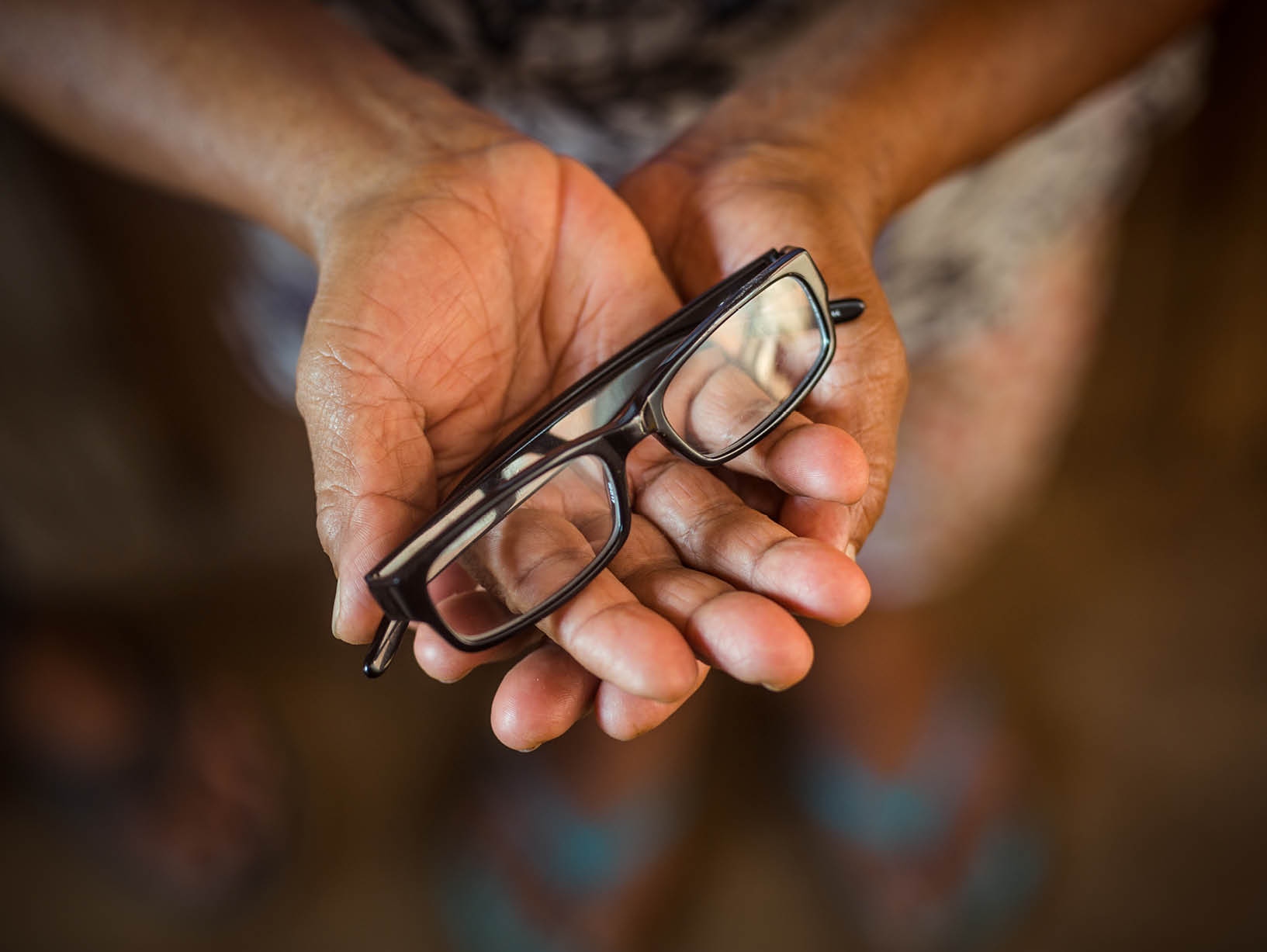
Tell us about how you target specific areas of the world, such as Africa:
We’ve done work in fifty-three countries and on every continent except Antarctica. We have sustainable vision centers in ten countries, and five of those countries are in Africa. We always strive to expand where the greatest need exists, but we also think of the best fits for our long-term care model, and the majority of that is in Africa and Southeast Asia. But we can literally go anywhere in the world.
What kind of impact can clear vision make?
People are often surprised by the sheer scope of the problem. 1.1 billion equates to one out of every seven people around the globe; that isn’t even the total number of people who need glasses, just the people who need them and don’t have access to them. Unlike many other public health issues, the difference is that vision care has a very simple solution that’s been around forever and is actually very affordable, yet access is still an enormous problem.
This isn’t just about giving somebody a pair of glasses. The impact that vision care can have on someone’s life is tremendous; I truly believe that good vision is a critical factor in breaking the cycle of poverty around the world. Children learn twice as much when they have clear sight versus without. In North America alone, one in four schoolchildren have an undiagnosed vision problem, and 80 percent of learning is visual. With clear sight, parents can keep their job so that they can put food on the table for their family or contribute to their community. Studies show that adults are 35 percent more productive with clear sight, and they can earn up to 20 percent more.
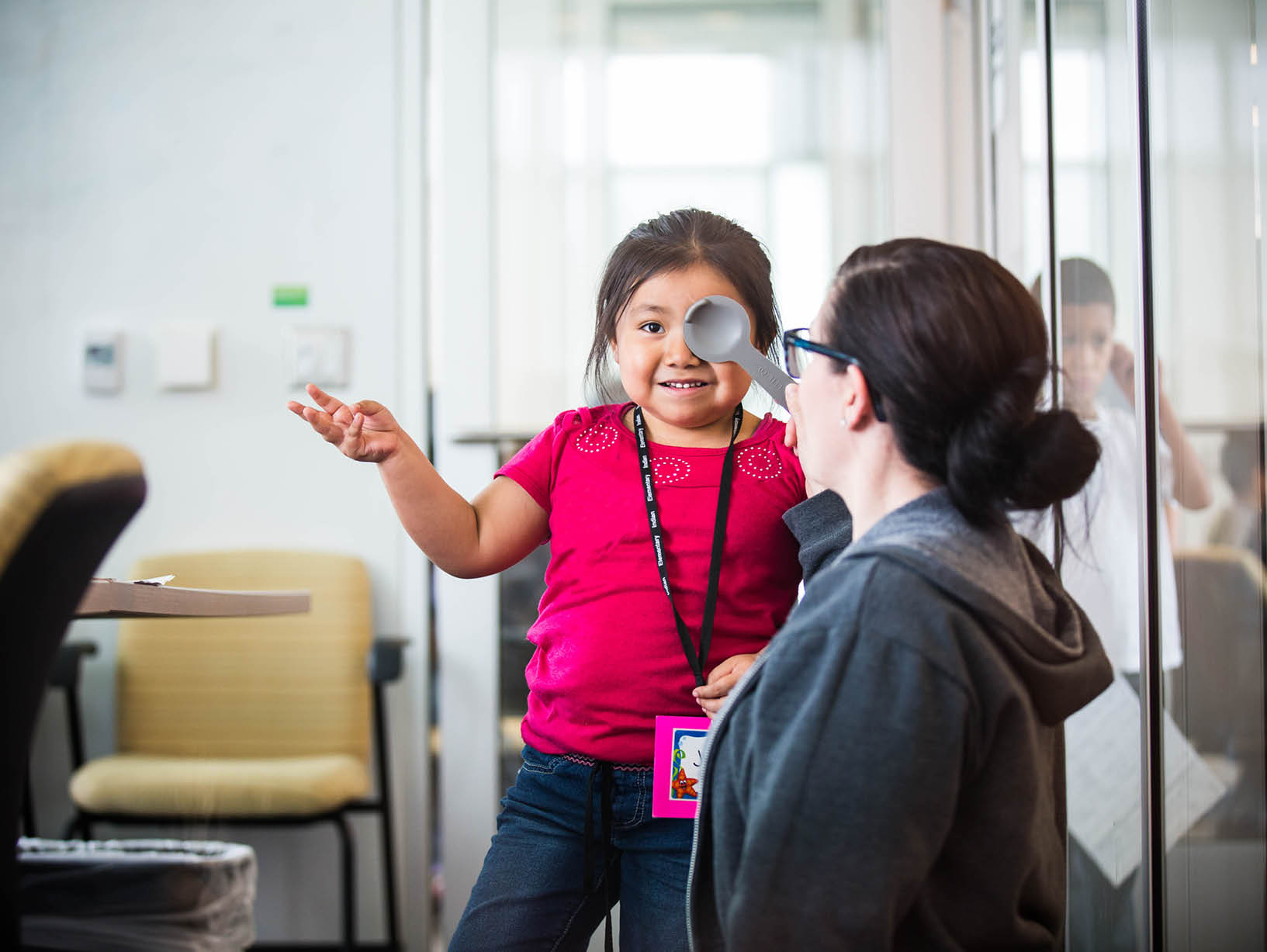
Would you share some memorable stories about how OneSight has made a difference?
Soon after we reopened our first clinic in New York City after COVID hit, a little five-year-old boy came in but wouldn’t talk to anybody; he would barely even interact with his parents. When the doctors examined him, they immediately knew he had a severe vision problem—he simply wasn’t talking because he couldn’t even interact with the world. When he put his glasses on, he looked around in amazement. And by the time he left, he was happily skipping down the street. You could just see his whole personality change.
And here’s an interesting fact about Chile: the average wait time to get an appointment is two years. Well, one particular Chilean couple came into our clinic. They had three very young children, all under the age of four. And the wife had never seen their faces because she could only see about two inches in front of her. When she put on her new glasses and literally saw her children’s faces for the first time, it was just amazing. Can you imagine?
Do you ever reflect on what kind of impact you’re making in the world?
We always remind ourselves of our mission: to create a world where access to vision care is no longer a barrier to human potential. Clear sight is connected to so many things in our daily lives—our ability to learn, work, connect with our loved ones, and see the beauty of the world. There’s more work to do, but we won’t stop until everyone has access to the vision care they need.
For more info, visit onesight.org
